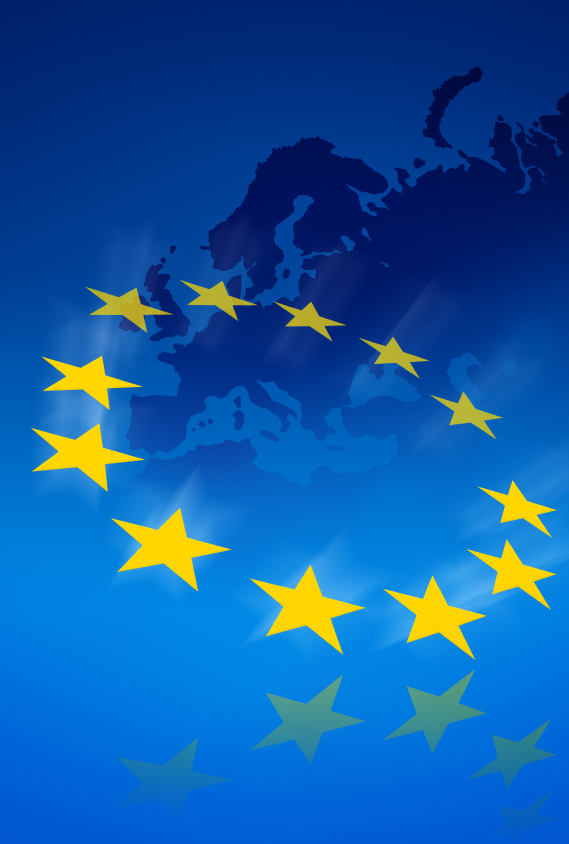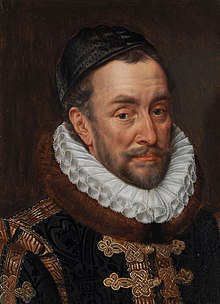Tuesday was an exciting day because most of it was spent
exploring Antwerp’s Sea Port. We started off by seeing a museum dedicated to
the painter, Eugeen van Mieghem, who painted people from all over Europe who
immigrated to the United States from Antwerp sea port.
 |
| Figure 1: An awesome staircase. |
I really liked the museum because it fit my preference and
expression of the subject of interest: nature. The stair cases exhibited the
style of Art Nouveau, where the inspiration for the work comes from nature. I
felt like the stair cases and the walls of the museum did a very good job presenting
nature the way it appears in real life. The only difference is that the colors
of the leaves and plants changed to more royal, uplifting colors, such as gold,
golden brown, and dark brown. The curvature of the lines gives the stair case
some energetic movement, which contributes to the atmosphere of the house,
implying that you are with a different group of people. The cloudy white forms
below the golden plant images on the walls remind me of the movement of water
or the form of plants in a field. The circular, cloudy white image on top of
the plant like images reminds me of the radiant sun that rises every day to
supply energy to all forms of plant life. Climbing up and down that stair case
gave me a taste and feeling of walking with nature. Perhaps I felt a little bit
different when walking through this museum because of the Art Nouveau. The
style is a little more abstract and open to interpretation instead of
restricting the audience to whatever the artist wants to portray. Abstract art
gives a little more flexibility for interpretation.
One of the things our tour guide mentioned is that “a lot of
rich people buy paintings because it’s a good investment, not because they
appreciate the art.” I find this really interesting because some pieces of art
can be considered very expensive to some, but not to others. In a previous
entry from last week, the most expensive piece of art was just a gradient of
the color turquoise, and the purpose of the piece was to express the feeling of
love. People thought that work of art was expensive because it was hand made by
tissue paper, which implies that it took a very long time to put that piece
together, but for others, they may think that it wasn’t worth that much. I’m
not entirely sure if investing in art is the best thing to invest in because the
value of the piece can vary, depending on preference. It seems like people
raise the prices of the art of deceased artists, so the prices of their works
keep going up since they can’t produce any more art, but what exactly is the
point of that? Surely, people are like grass and flowers. The grass withers and
the flower fades, so the artist will eventually wither and fade, but the ideas
and remnants of the expression of the artist’s mind can last if the people who
live after him/her keep people interested in the art. One of the most difficult
things to get people to do is have them understand or be remotely interested in
the same things you are, but some people put so much interest in just one
person’s expression, ideas, and emotions portrayed through art.
The rest of the day, we spent the time exploring the Antwerp Seaport, which I found impressive because its geographical location would make someone think that this seaport would not be the source of much commerce for the country. The seaport is on a river, which is not the most ideal place to hold a seaport because it will be difficult to get in or out of the river since the movement of water will control where the ships or boats will go. In addition, it will be difficult for anyone outside the country to make it into the seaport since they will have to meander and follow the path of the river to reach the seaport. Doing so would take a lot of time, and I'm not sure how many countries will be willing to do that. On top of all that, the mouth of the river is located in another country, so if Belgium and the Netherlands go to war and the mouth of that river is closed, then Antwerp's Seaport will no longer be able to function. Despite all these downfalls, the seaport is still very successful and active today.
 |
| Figure 2: A glimpse into Antwerp's seaport. |



.JPG)

























